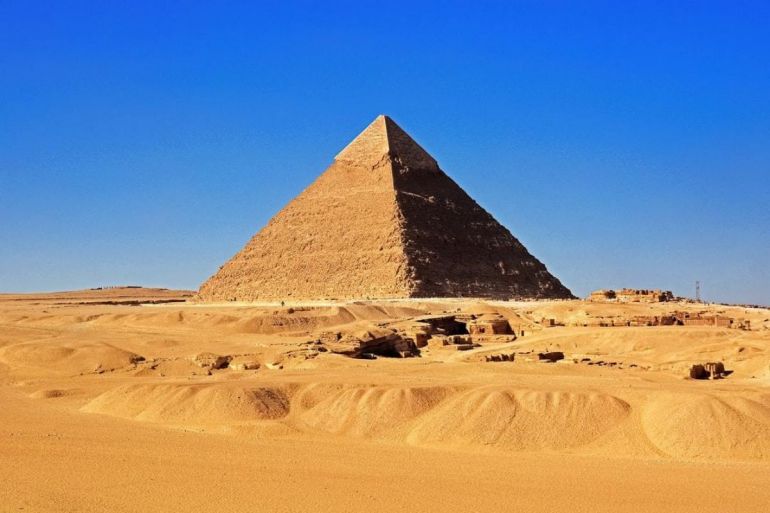
Short History of Land Surveying
Land surveying is an essential means of mapping land boundaries, distances, slopes and features so as to enable land development and accurate land registers.
The surveying process has been in existence for a very long time and many say it is the second oldest profession in the world. In fact, records show that it dates back to ancient times in Egypt, Babylon, Greece and Rome.
History reveals a lot about how people accurately established their cities, monuments and kingdoms along with determining land ownership using boundary records.
Egypt
Based on records at hand, historians believe that early precision surveying originated in Egypt.
Their skill in this area is manifested in one of the worlds most famous monuments, the Great Pyramid of Giza. Measuring 755 feet long, and 481 feet high, the precise squareness and exact measurements of the pyramid make you wonder how this was built in 2700 BC. The fact they managed such a feat without modern surveying equipment is proof of their tenacity and skill.
Moreover, the first documented land ownership records are that of the Egyptian Land Register in 3000 BC. They show records and declarations of land ownership with boundary details. These facts prove that the Egyptians of that era already had an excellent command of geometry and mathematics which they utilised well in land surveying.
Babylon (early Iraq)
The Babylonians were amongst those who adopted many of the Egyptian surveying techniques.
In ancient Babylon, Kudurrus were stone tablets that served as boundary stones upon which details of the property, the surveyor, the owner and property history were all inscribed.
These were used circa 1600 to 1200 BC and are another representation of how modern surveying evolved.
Greece and Rome
Land surveyors were held in high esteem in both Greece and Rome. They were crucial in the creation of the straight angles and perfect lines that shaped those amazing buildings and coliseums that still stand today.
Both the Romans and Greeks made use an early surveying instrument called the Groma, which was basically a long staff with a cross bar that measured straight lines and right angles. It is thought that the Groma originated around 400 BC in Mesopotamia, where modern Iraq now lies.
Back to FAQBack to FAQ